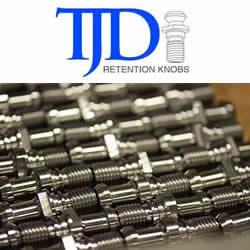Riddle of Cement's Structure is Finally Solved
From MIT News:
Concrete is the world’s most widely used construction material, so abundant that its production is one of the leading sources of greenhouse gas emissions. Yet answers to some fundamental questions about the microscopic structure and behavior of this ubiquitous material have remained elusive.
Concrete forms through the solidification of a mixture of water, gravel, sand, and cement powder. Is the resulting glue material (known as cement hydrate, CSH) a continuous solid, like metal or stone, or is it an aggregate of small particles...
... Roland Pellenq, a senior research scientist in MIT’s department of civil and environmental engineering, director of the MIT-CNRS lab 2 hosted by the MIT Energy Initiative, and a co-author of the new paper, says the work builds on previous research he conducted with others at the Concrete Sustainability Hub (CSHub) through a collaboration between MIT and the CNRS. “We did the first atomic-scale model” of the structure of concrete, he says, but questions still remained about the larger, mesoscale structure, on scales of a few hundred nanometers. The new work addresses some of those remaining uncertainties, he says. ( full article )
Records 1 to 1 of 1
Featured Product

T.J. Davies' Retention Knobs
Our retention knobs are manufactured above international standards or to machine builder specifications. Retention knobs are manufactured utilizing AMS-6274/AISI-8620 alloy steel drawn in the United States. Threads are single-pointed on our lathes while manufacturing all other retention knob features to ensure high concentricity. Our process ensures that our threads are balanced (lead in/lead out at 180 degrees.) Each retention knob is carburized (hardened) to 58-62HRC, and case depth is .020-.030. Core hardness 40HRC. Each retention knob is coated utilizing a hot black oxide coating to military specifications. Our retention knobs are 100% covered in black oxide to prevent rust. All retention knob surfaces (not just mating surfaces) have a precision finish of 32 RMA micro or better: ISO grade 6N. Each retention knob is magnetic particle tested and tested at 2.5 times the pulling force of the drawbar. Certifications are maintained for each step in the manufacturing process for traceability.

